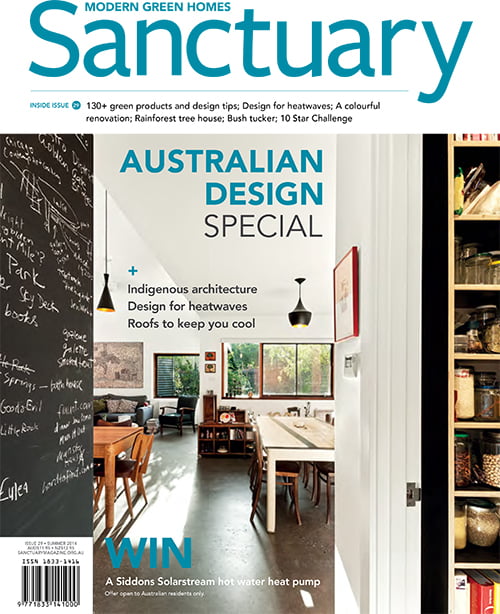The generous verge garden
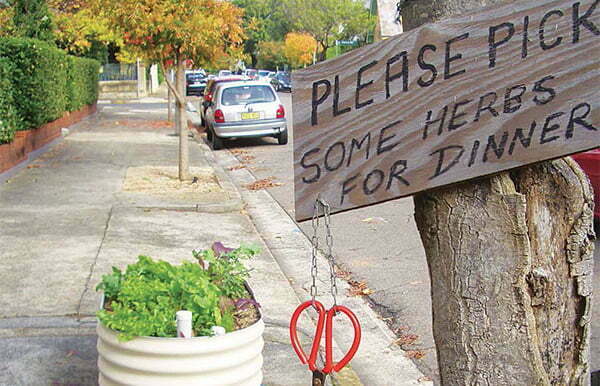
Planting veggies and herbs on the verge is a productive way to garden.
Verge gardens are the next frontier for creative suburban gardeners. Some councils in Australia are making it easy for people to grow on the nature strip while others have residents guerrilla gardening on the verge.
There are many reasons to love verge gardens. Food production is brought close to home, people bump into each other in communal street spaces, plants help to cool the city in summer and the greenery makes walking home that little bit more pleasing to the eye.
The City of Sydney has cut the red tape for people wanting to garden in the streets. With a motto of ‘green, global and connected’, it’s a no brainer for the council to help street gardens spring up. It has produced a series of guidelines to help people get started and site their verge gardens so the footpath remains accessible for all and the neighbours are happy. A Dial Before You Dig service makes sure people don’t place a garden over, or dig up, any buried essential services such as gas lines and communication wires. Street gardens also need to be in containers higher than 50cm to prevent people tripping over them.
Mark Driver, a parks and recreation planner at the City of Sydney, says the policy was driven from the ground up: “People were writing and calling council asking if they could put planter boxes outside their house, and were starting to do it anyway.”
Walking around the city, Mark can see more planter boxes as a result of the policy. All it takes is one person doing it for others to quickly catch on. “Some streets in Sydney that started with just a few people now have a streetscape dominated with gardens and a community has developed around that,” he says.
Jock Keene planted some raised garden beds on a busy city footpath in Glebe, Sydney. He began these gardens before the council guidelines were introduced and thinks the council is doing the right thing by making it easier for people to start them. He says the most important guideline is making sure all your neighbours are happy with the garden.
Jock has placed three wine barrels and three wicking beds on the street. In them he grows a range of veggies including cucumbers, kale, beans and rocket as well as about 25 herbs around a street tree. People are encouraged to pick what they need and a seat provides a spot to rest and meet others.
In such a public space, you really have to give up ownership of the garden, he says. If someone takes something, it’s gone to a good home and he’s happy. He adds that you have to resist putting up any berating signs that are negative such as ‘Don’t pick these until ripe’. Tomatoes will go as soon as they are just a little pink and that is the way it is.
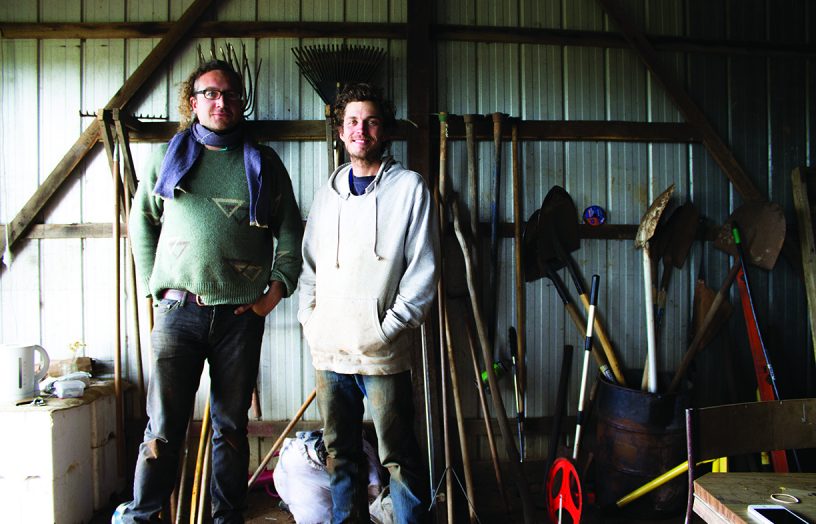 Ideas & Advice
Ideas & Advice
Farming on the fringe
Australia’s rising city-based population coupled with a growing interest in food miles has led to fertile conditions for urban agriculture. Sarah Coles meets some of those farming on the fringe.
Read more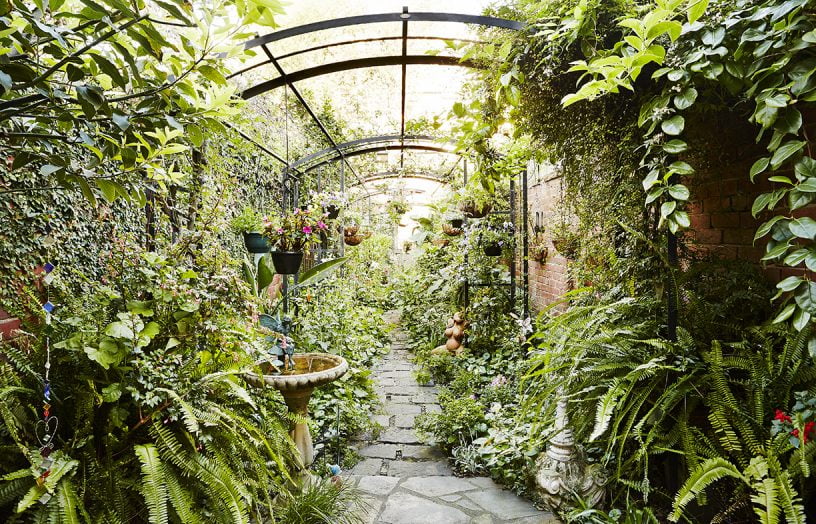 Outdoors
Outdoors
Small spaces gardening
Kate Smalley from Small Spaces Garden Design explains how to make the most of courtyards, balconies and vertical spaces.
Read more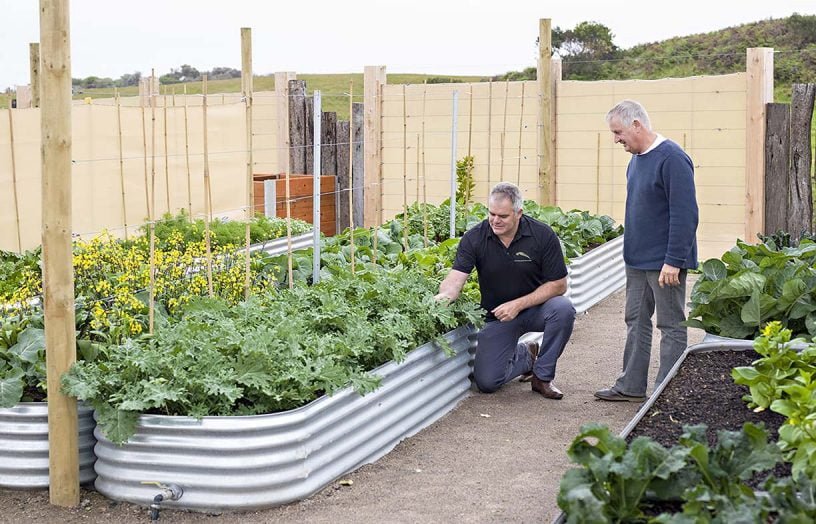 Outdoors
Outdoors
City cornucopia
Increasing wellbeing and connection to nature, reducing food miles to food metres, and turning waste streams into resources: it’s increasingly clear that urban agriculture is a vital ingredient for sustainable cities.
Read more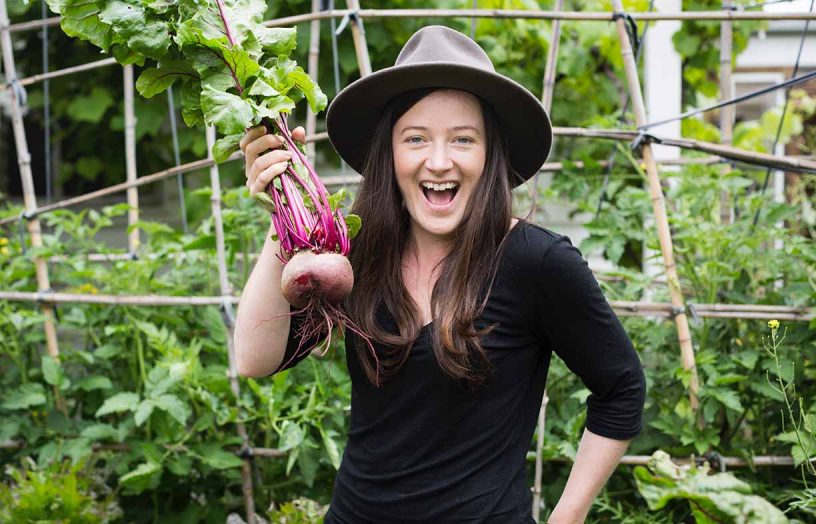 farming
farming
The farmer next door
On a standard surburban block in Melbourne, Simeon Hanscamp is growing enough food to provide his local community with vegie boxes—and himself with an income. Anna Cumming visited him to find out what it takes to be a successful backyard farmer.
Read more

